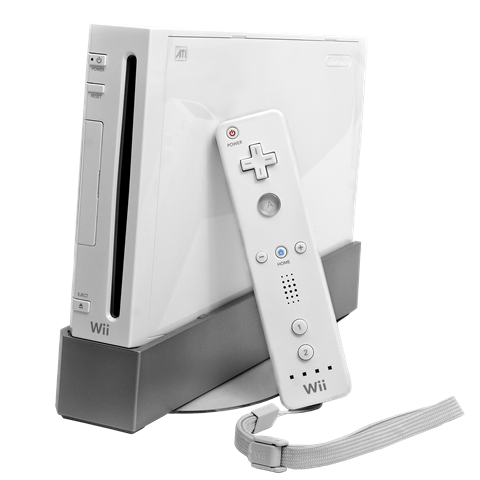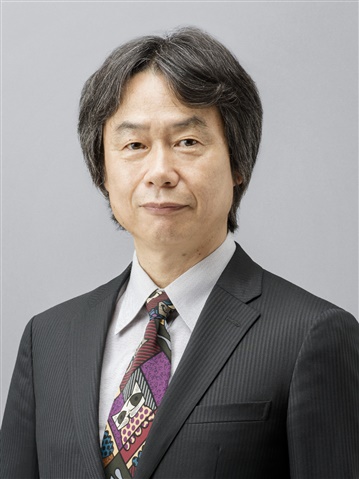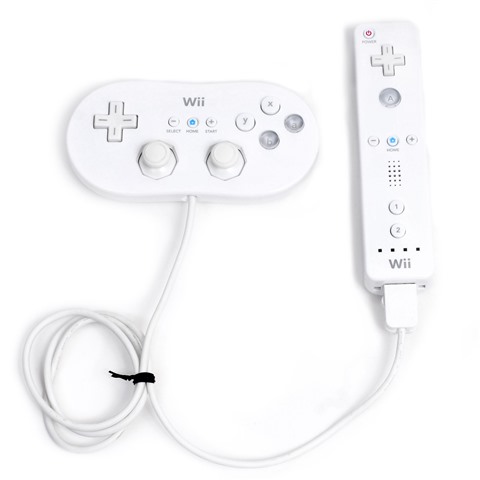On this day in Engineering History: November 19, 2006 – Nintendo launches the 'Wii' - the first motion control video game console
From their earliest inception, playing computer and video games just meant pressing buttons on a keyboard or manipulating a joystick with fingers and thumbs. However realistic they looked and felt by 2005, critics could still point to their being intensely sedentary, with hours spent sitting and watching a screen.
That is...until Nintendo launched a machine built around users getting up and moving to physically (as well as virtually) take part in games such as tennis, ski jumping and ten-pin bowling – the Nintendo Wii.
Card games and changing times
Nintendo's history goes back far further than most people realise; founded as Yamauchi Nintendo by Fusajirō Fukui (also known as Fusajirō Yamauchi) in 1889, it produced and sold decks of Japanese playing cards, known as Hanafuda cards.
Fast forward to 1977, and Nintendo built and launched the Colour TV-Game, its first gaming platform. In the following years, the company built the Game Boy, the Super Nintendo Entertainment System, and the Nintendo DS, which could play Nintendo's iconic games Donkey Kong, Legend of Zelda, and Super Mario Bros, amongst others.
By the mid-90s, Nintendo was on a roll when the organisation launched the Virtual Boy in 1995. This was a games console with VR goggles at its very centre. Then, as now, VR was going to be 'the next big thing,' but never delivered on its potential. Virtual Boy only sold a million units, which may sound like a lot, until we see that Nintendo's rival Sony had sold two million PlayStations in 1995.
'Revolution’-ary
Early in the next decade, Nintendo was willing to make another attempt at serious innovation; while not as startlingly radical as the Virtual Boy, it would still be radical enough.
The new device – code named 'Revolution' - would allow a player to physically interact with each game as if they were playing the game for real. Remaining seated for hours while playing a game would be a thing of the past.
Another point of departure was the power of Revolution's processing and graphics – Nintendo decided not to compete with rivals Microsoft and Sony. Instead, the new console would place more emphasis on multi-player games. The idea would be to broaden the user base, not simply fight over the hardcore market.
Reducing the Wii's power was a deliberate decision, with game designer Shigeru Miyamoto quoted as saying:
 "The consensus was that power isn't everything for a console. Too many powerful consoles can't coexist. It's like having only ferocious dinosaurs. They might fight and hasten their own extinction."
"The consensus was that power isn't everything for a console. Too many powerful consoles can't coexist. It's like having only ferocious dinosaurs. They might fight and hasten their own extinction."
Miyamoto also said the traditional game controller design was affecting everything about gaming:
"…But it also had come to dictate a lot of what went into games -- the way graphics were made, the way battles were fought in role-playing games, the arc of in-game stories. They were all being made to fit one standard. Creativity was being stifled, and the range of games was narrowing."
Finding itself
Revolution was a device meant to be hooked up to input devices such as a joystick or a 'nunchuck'. The remote itself, which resembled a TV remote controller, contained a three-dimensional accelerometer that allowed the device to 'know' its location in space. It meant the player could play a game such as ten-pin bowling by swinging their arm to mimic how they would deliver the ball to the lane or swing their arm to strike the ball in tennis.
Detectors in a screen-mounted sensor bar would pick up infrared LED signals to track the orientation of the remote and the player's movements. Up to four of these remotes could be plugged into each Wii to support multi-player. The Revolution would allow a player to monitor their health with 'quality of life' add-ins that would, for example, measure blood pressure.
Devices could be added to the Revolution to provide access to different types of games. A good example would be the Balance Board (which used pressure sensors and software to monitor the player's centre of gravity) allowed the user to play games involving skiing, snowboarding, skating and fitness routines.
What's in a name
Just before the 2006 E3 games expo in Los Angeles, California, the name 'Revolution' was dropped in favour of…' Wii' (pronounced, 'wee'). Priced at $249, the Wii proved enormously popular – selling 3 million units in the remaining six weeks of 2006. Lifetime sales would top 101 million, becoming Nintendo's second best-selling console and the fifth best-selling ever. Its games have sold tens of millions of copies each, with 'Wii Sports' hitting almost 82 million copies, even if it was bundled with the Wii.
Giving gamers a chance to truly interact with a game and play it alongside family members of different ages made the Wii truly revolutionary, breaking the idea that games need to be a solitary activity involving button pressing and hours in a seated position.
As though to prove the point, Microsoft and Sony each attempted to replicate what Nintendo had achieved.
The Wii is now a museum piece, discontinued in 2013; even so, it is not dead yet. Nintendo's Switch console is the second best-selling console of all time, just behind Sony's PlayStation 2. Switch also uses the motion-sensing remote pioneered in the Wii.
Share your thoughts!
How far does Wii-type motion sensor technology have a future in non-gaming activities?
 By Stephen Phillips - IET Content Producer, with passions for history, engineering, tech and the sciences.
By Stephen Phillips - IET Content Producer, with passions for history, engineering, tech and the sciences.